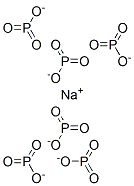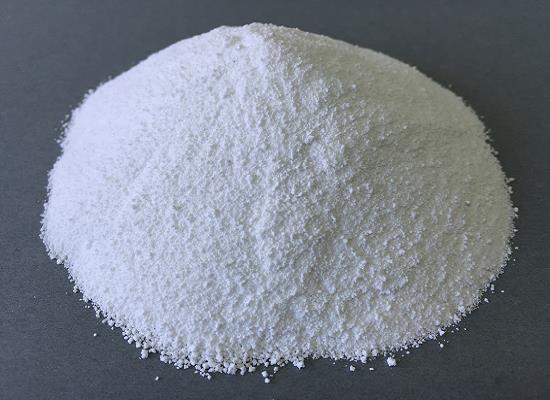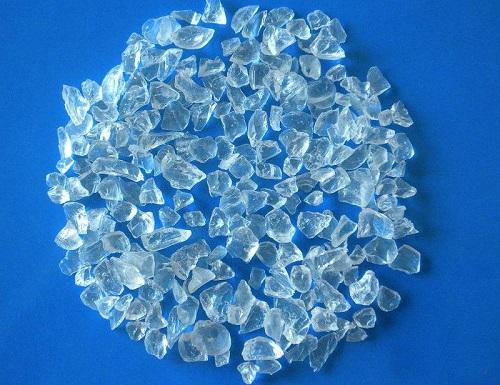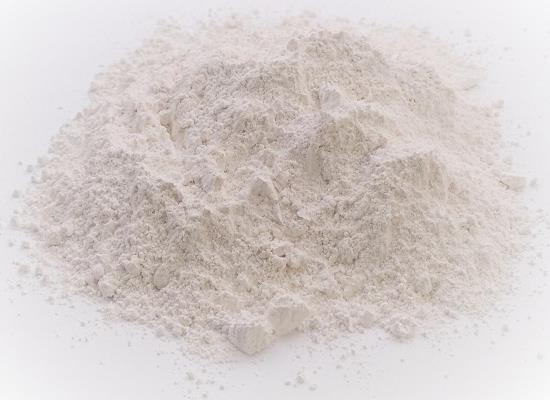Sodium Polyphosphate: Versatile Applications in Cement Modification and PVA Recovery
Sodium polyphosphate is an inorganic compound, white crystalline particles, easily soluble in water, and its aqueous solution is alkaline. It is an amorphous water-soluble linear polyphosphate.
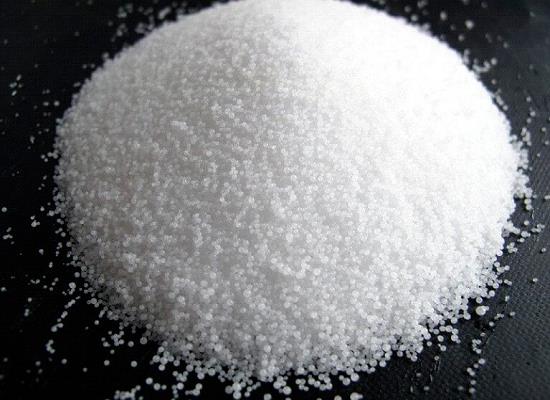
Figure 1. Sodium polyphosphate
Application
Sodium polyphosphate is an important additive in ceramic production. Its main function is to improve the fluidity of ceramic blanks and glaze slurries, so that the slurry has the least water content, good fluidity, no flocculation and precipitation, and easy operation. For spray-dried materials, due to the reduced water content, the drying energy consumption can be reduced and the powder output can be increased; for glaze slurries, flocculation can be prevented, and the water content can be reduced while ensuring the production process requirements. This is especially important for some products that require a high specific gravity and high solid content of glaze slurries.
The role of sodium polyphosphate in cement modification:
1. Reduce the water content of mud and increase the fluidity of mud;
2. Shorten the grouting time, reduce the shrinkage rate, and reduce the deformation of the blank;
3. Increase the suspension of mud, so that the raw material particles are not easy to precipitate
4. Make the blank easy to demold, thereby reducing the cracking of the blank.
5. The slurry is stable, the flow rate does not change much after the glaze ages, and the slurry is in good condition.
6. Sodium polyphosphate has a lubricating and grinding effect on the slurry particles, shortens the ball milling time, improves work efficiency, and saves energy.
7. Convenient feeding, accurate measurement, can reduce labor intensity, and can significantly reduce production costs.
You may like
Related articles And Qustion
Lastest Price from Sodium polyphosphate manufacturers
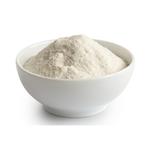
US $76.00/kg2025-04-21
- CAS:
- 68915-31-1
- Min. Order:
- 1kg
- Purity:
- 0.99
- Supply Ability:
- 10000
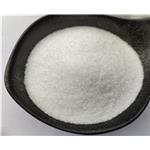
US $0.00-0.00/KG2025-04-21
- CAS:
- 68915-31-1
- Min. Order:
- 1KG
- Purity:
- 99%
- Supply Ability:
- 10 mt
